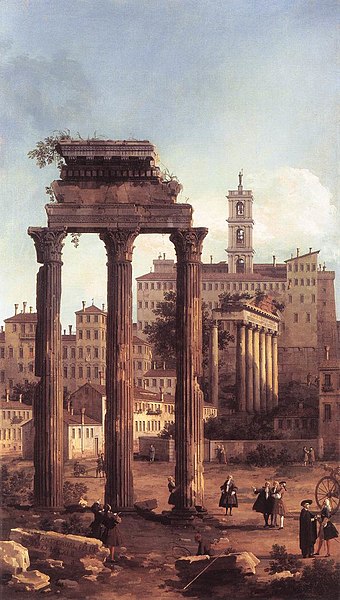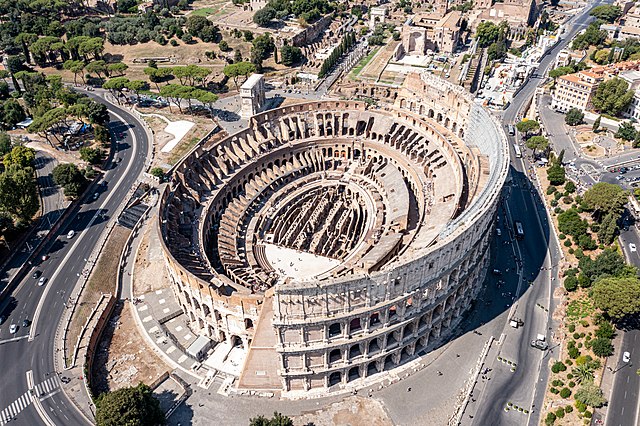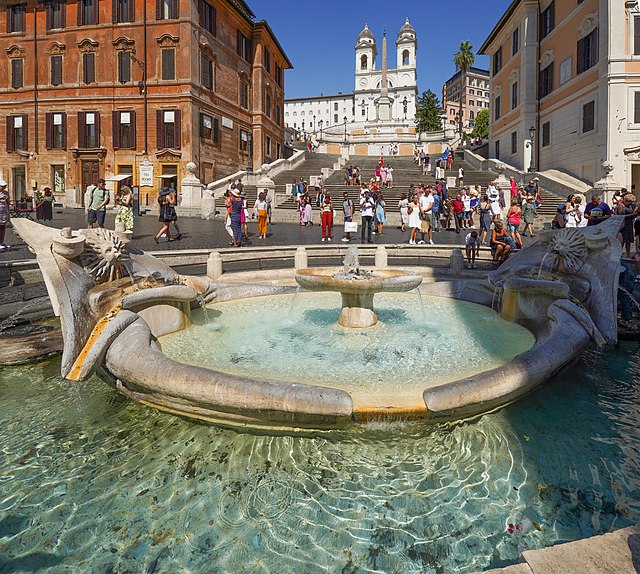The history of Rome includes the history of the city of Rome as well as the civilisation of ancient Rome. Roman history has been influential on the modern world, especially in the history of the Catholic Church, and Roman law has influenced many modern legal systems. Roman history can be divided into the following periods:Pre-historical and early Rome, covering Rome's earliest inhabitants and the legend of its founding by Romulus
The period of Etruscan dominance and the regal period, in which, according to tradition, Romulus was the first of seven kings
The Roman Republic, which commenced in 509 BC when kings were replaced with rule by elected magistrates. The period was marked by vast expansion of Roman territory. During the 5th century BC, Rome gained regional dominance in Latium. With the Punic Wars from 264 to 146 BC, ancient Rome gained dominance over the Western Mediterranean, displacing Carthage as the dominant regional power.
The Roman Empire followed the Republic, which waned with the rise of Julius Caesar, and by all measures concluded after a period of civil war and the victory of Caesar's adopted son, Octavian, in 27 BC over Mark Antony.
The Western Roman Empire collapsed in 476 after the city was conquered by the Ostrogothic Kingdom. Consequently Rome's power declined, and it eventually became part of the Eastern Roman Empire, as the Duchy of Rome, from the 6th to 8th centuries. At this time, the city was reduced to a fraction of its former size, being sacked several times in the 5th to 6th centuries, even temporarily depopulated entirely.
Medieval Rome is characterised by a break with Constantinople and the formation of the Papal States. The Papacy struggled to retain influence in the emerging Holy Roman Empire, and during the saeculum obscurum, the population of Rome fell to as low as 30,000 inhabitants. Following the East–West Schism and the limited success in the Investiture Controversy, the Papacy did gain considerable influence in the High Middle Ages, but with the Avignon Papacy and the Western Schism, the city of Rome was reduced to irrelevance, its population falling below 20,000. Rome's decline into complete irrelevance during the medieval period, with the associated lack of construction activity, assured the survival of very significant ancient Roman material remains in the centre of the city, some abandoned and others continuing in use.
The Roman Renaissance occurred in the 15th century, when Rome replaced Florence as the centre of artistic and cultural influence. The Roman Renaissance was cut short abruptly with the devastation of the city in 1527, but the Papacy reasserted itself in the Counter-Reformation, and the city continued to flourish during the early modern period. Rome was annexed by Napoleon and was part of the First French Empire from 1798 to 1814.
Modern history, the period from the 19th century to the present. Rome came under siege again after the Allied invasion of Italy and was bombed several times. It was declared an open city on 14 August 1943. Rome became the capital of the Italian Republic. With a population of 4.4 million, it is the largest city in Italy. It is among the largest urban areas of the European Union and classified as a global city.

Rome: Ruins of the Forum, Looking towards the Capitol (1742) by Canaletto
Capitoline Wolf, showing the twins Romulus and Remus suckling the she-wolf.
The Etruscan François Tomb, IV century BC
Temple of Jupiter Optimus Maximus 526–509 BC
Rome is the capital city of Italy. It is also the capital of the Lazio region, the centre of the Metropolitan City of Rome Capital, and a special comune (municipality) named Comune di Roma Capitale. With 2,860,009 residents in 1,285 km2 (496.1 sq mi), Rome is the country's most populated comune and the third most populous city in the European Union by population within city limits. The Metropolitan City of Rome, with a population of 4,355,725 residents, is the most populous metropolitan city in Italy. Its metropolitan area is the third-most populous within Italy. Rome is located in the central-western portion of the Italian Peninsula, within Lazio (Latium), along the shores of the Tiber. Vatican City is an independent country inside the city boundaries of Rome, the only existing example of a country within a city. Rome is often referred to as the City of Seven Hills due to its geographic location, and also as the "Eternal City". Rome is generally considered to be the cradle of Western civilization and Western Christian culture, and the centre of the Catholic Church.

Image: Rome skyline panorama
Image: Trevi Brunnen abends
Image: Rom Colosseum Sept 2021 3
Image: Barcaccia e scalinata








